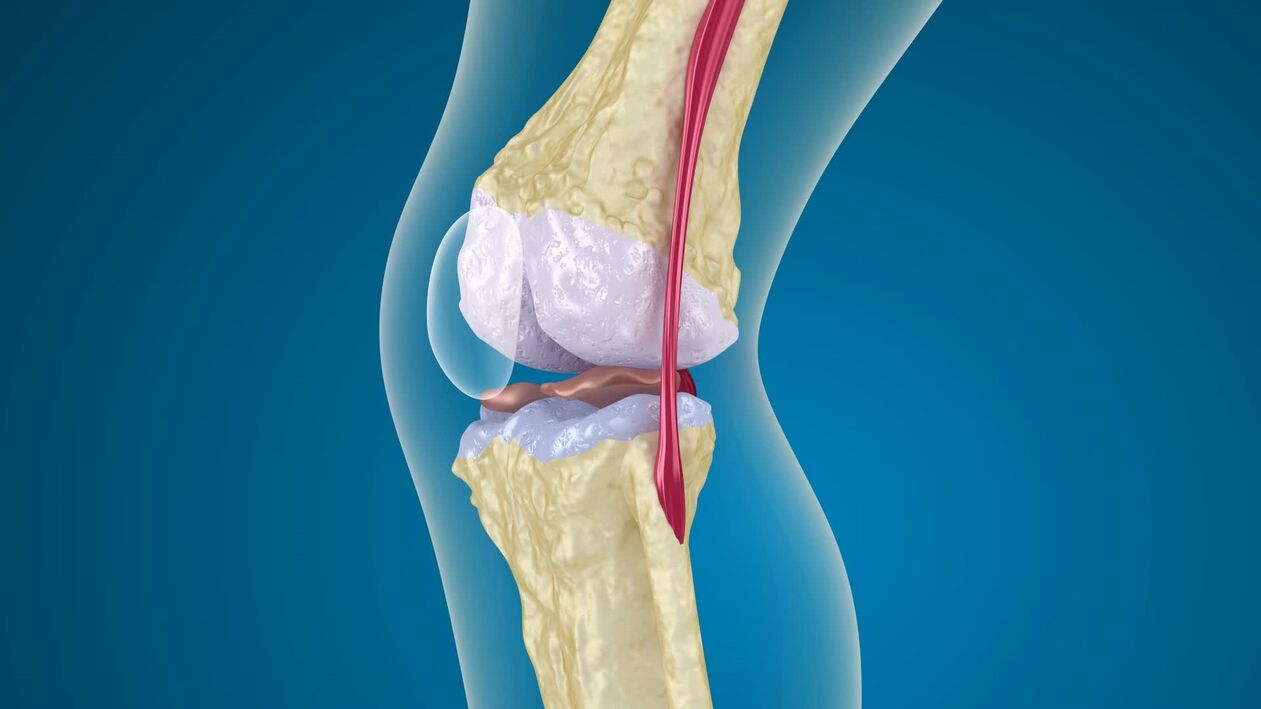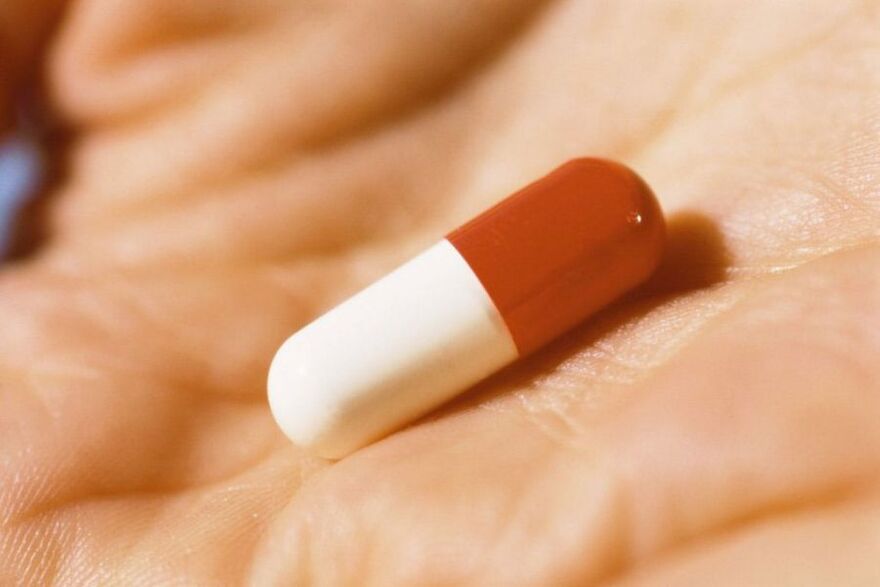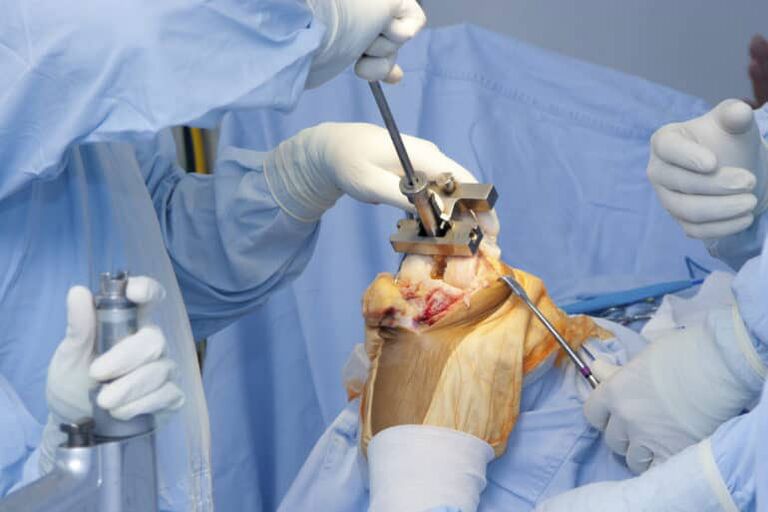
Arthrosis of the knee joint is a degenerative lesion of the cartilage in the knee joint as a result of destruction. Arthrosis is the most common condition and, according to doctors, about 80% of people suffer from this condition to one degree or another. It is the third most common disease after cancer and heart disease. All this suggests that the treatment of arthrosis of the knee joint still lacks methods that help to completely eliminate the disease.
treatment principles
There are several principles on how to treat arthrosis of the knee joint, which should be the basis for treating the disease:
- A knee joint damaged by arthrosis should be immediately relieved from excessive physical activity during therapy. It is not so easy to cure arthrosis of the knee joint, but it will prevent complications. If possible, it is usually necessary to limit joint movement and follow the established regimen prescribed by the physician.
- Alongside the treatment, don't worry too much about yourself, so that muscle tissue atrophy doesn't start. It is better to practice physical therapy at affordable prices. Which doctor treats the joint, he will give guidance for exercise therapy.
- Physiotherapy is an excellent and effective way to improve your basic treatment. Physical therapy always includes electromagnetic therapy, laser and shock wave therapy.
- Sanitary resort treatment will also be helpful for patients - with osteoarthritis, it is necessary to visit specialized resorts at least once a year.
- An essential treatment is to fill the joint with oxygen. For this, the so-called oxygen therapy is performed.
- The medication mainly consists of anti-inflammatory drugs and analgesics, intraosseous blocks.
- An indispensable component of the correct rational treatment will be the change of eating habits, the elimination of foods that cause excess salt in the body, saturation of the body with calcium, minerals and vitamins.
medicine
Conservative therapy involves the treatment of gonarthrosis of the knee joint:
- nonsteroidal anti-inflammatory drugs;
- chondroprotective.
Non-steroidal anti-inflammatory drugs
Nonsteroidal anti-inflammatory drugs are essential in the treatment of arthrosis. This group of medications allows you to quickly stop inflammation, eliminate swelling, whereby painful sensations quickly disappear. Medicines have antipyretic and analgesic effects. That's why they are recommended for the treatment of joint pathologies, including knee joint osteoarthritis.
Nonsteroidal anti-inflammatory drugs for the treatment of AOD of the knee joint (osteoarthritis deformans) are divided into several groups. According to their composition, they can be divided into acids and non-acids.

When using NSAIDs, one must remember the risk of side effects, therefore it is strictly forbidden to exceed the dosage.
Due to their high efficiency, nonsteroidal anti-inflammatory drugs have become actively used in the treatment of various inflammatory diseases. However, doctors have noticed that they have a negative effect. The study revealed its negative effects on the kidneys, heart, blood and digestive tract. That's why doctors are trying to limit the prescription of NSAIDs, including the treatment of osteoarthritis.
It is very important that during the treatment of the disease the maximum possible dose is reached, which would help to contain the painful symptoms, but has no negative effects. Above all, you suffer from non-steroidal anti-inflammatory drugs:
- gastrointestinal tract organs;
- blood cells;
- kidneys;
- heart.
On the stomach side, complications such as ulcers, dyspepsia, internal bleeding or even stomach perforation are possible. As for the liver, there is damage to hepatocytes - the main liver cells. Cardiac disorders manifest as high blood pressure and edema. In the kidneys, glomerular filtration decreases and interstitial nephritis may develop. Side effects in the blood manifest in impaired platelet aggregation and increased risk of bleeding.
Is it possible to completely abandon NSAIDs that negatively affect the body? It turns out not, because it is this group that allows the first and second stages of arthrosis to be contained. Therefore, the negative aspects of non-steroidal anti-inflammatory drugs forced manufacturers to look for new generations of these drugs.
As a result of the research, 2 generations of cyclooxygenase 1 and 2 enzymes were isolated. Recently, cyclooxygenase 3 enzymes, which include oxicams, were invented. These medications have far fewer negative effects, so they are actively used in the treatment of osteoarthritis deformans.
State-of-the-art medicines also make it possible to effectively treat arthrosis without harming the body. The only downside to the new drugs is the very high price. Therefore, with prolonged use by the treating physician, older medications are prescribed with probiotic support for the gastrointestinal tract.
Oxycams
Representatives of a new generation of nonsteroidal anti-inflammatory drugs are the oxicam group.
The oxicam group is the most effective and safest group for patients with osteoarthritis today.
Chondroprotectors
Chondroprotectors are a group of drugs that serve to protect cartilage tissue. The mechanism of action is due to the content of the active components that make up these drugs. First, they are:
- glucosamine;
- chondroitin sulfate.
The action of chondroitin sulfate is based on stimulating the processes of formation of cartilaginous components. Also this substance:
- prevents destructive processes in cartilage tissue;
- improves intra-articular fluid production;
- has an anti-inflammatory effect.
Glucosamine is an essential substance for the synthesis of cartilage tissue. It protects cartilage from free radicals and other factors that damage the integrity of cartilage tissue. In addition, glucosamine is able to relieve swelling and have an anti-inflammatory effect.
Chondroprotectives are capable of restoring cartilage tissue, but they must be taken for a very long period - at least six months. Another major disadvantage of chondroprotectors is that they protect cartilage more from the destructive effects, but they cannot delay a pathological process that has already started.
Therefore, this group of drugs is included for treatment only in the first stage of disease development with the active prescription of non-steroidal anti-inflammatory drugs. Today there are three generations of chondroprotectors, the most famous of which are:
- animal cartilage preparations;
- the second generation is monopharmaceuticals containing purified hyaluronic acid or chondroitin or glucosamine;
- the third generation is a combination of drugs that include glucosamine and chondroitin sulfate.
Today it is possible to use chondroprotective drugs together with anti-inflammatory drugs.
Operation
In some cases, degenerative arthrosis of the knee joint is treated exclusively by surgery. Usually, the operation is done when the patient develops grade 3 gonarthrosis. But if a patient in the second stage of the disease has a very pronounced pain syndrome, and it is difficult to remove even with pain relievers, and the arthrosis is constantly aggravated, then the operation is indicated at this stage of the disease.
There are several methods of surgical interventions that provide the best effect for gonarthrosis. Each technique has its own characteristics and results.
Arthrodesis is a procedure in which the joint tissue is completely removed and the femur and tibia are fused with the patella. This method of treatment for gonarthrosis is the most radical and is not widely used today, as it limits the patient's mobility.

Another operation to eliminate arthrosis of the knee is arthroscopic debridement. Treatment consists of removing dead particles. The downside of the operation is significant - it takes a long time to rehabilitate and the effect of the procedure lasts only 1 to 2 years. This operation can be performed in the second phase of the disease's development.
Periarticular osteotomy - This operation is performed if necessary to restore joint mobility. During the procedure, the surgeon cuts the parts of the bone that interfere with free movement and places them at the desired angle.
Thus, the bone's center of gravity shifts and the load on the cartilage tissue disappears. At the moment, this type of joint surgery is practically not used, as it is quite complex and requires a long rehabilitation process. The positive effect of the treatment is also temporary.
The most successful intervention is the endoprosthesis. Surgery for osteoarthritis with an endoprosthesis has no analogues - it has a lasting effect and patients forget about knee problems for many years.
Knee arthroplasty is the most advanced technique. Modern methods of treatment make it possible to extract from the patient the cartilaginous tissues affected by the pathological process, as well as bone particles. Instead, a more functional and reliable prosthesis is fitted. The advantages of this surgery are as follows:
- it is possible to completely restore the patient's motor functions;
- rehabilitation with such an operation is minimal;
- the prosthesis lasts about three decades.
The only problem with the surgical treatment of arthrosis using the endoprosthesis method is the high cost of materials, since a high-quality prosthesis is quite expensive. Postoperative treatment is completed in the intensive care unit - the patient is drained for several days, from which wound secretion is released.
To relieve pain, the knee is covered with special coolants. It is possible to move during the endoprosthesis on the third day, on the tenth day the patient continues the treatment at the rehabilitation center. After treatment, it is possible to prescribe non-steroidal pain-relieving medications, hormonal agents, and use a dressing for some time.
Assessments
To review the various therapy methods, you can read reviews from patients who have been treated in various ways and from those who have cured arthrosis of the knee joint:
- Female, 45 years old: "Arthrosis of the knee joint was discovered in me 2 years ago. It hurt to step on my foot, there was an unusual crunch and I went to the doctor. The second degree of the disease was diagnosed and treatment was advised with non-drugs. steroids and chondroprotectives. With the help of analgesics, I achieved a stable analgesic effect - I took a group of oxicams. Now I continue taking chondroprotectives, there is still no deterioration".
- Male, 62 years old: "I had arthrosis of the knee joint - apparently it affected the consequences of sports, which I was professionally involved in in my youth. Even going out for a coaching job didn't help lighten the load, so I continued to actively engage, that's why I was diagnosed with arthrosis, which I practically did not treat. I drank only painkillers, hoping it would pass. As a result, stage 3 of the disease developed and I had to undergo surgery. Among all the techniques, the doctor suggested the prosthesis, which was done last year. The operation was successful and I recovered very quickly. "
- Female, 55 years old: "This year I was diagnosed with stage 1 arthrosis. Fortunately, I went to the doctor at the right time because I felt a heaviness in my legs. I thought it was a swelling, as I was overweight since I was a child, but it turned out to be arthrosis . Now I'm taking anti-inflammatory drugs, but the doctor promises that I'll be able to recover with the help of chondroprotectors. I hope he doesn't come for the operation. "
Arthrosis of the knee joint is characterized by an insidious course, when the pathology does not show symptoms in the initial phase. However, this is when the treatment is most productive. Therefore, doctors insist on timely diagnosis of pathology and prevention of cartilage tissue disorders.



































